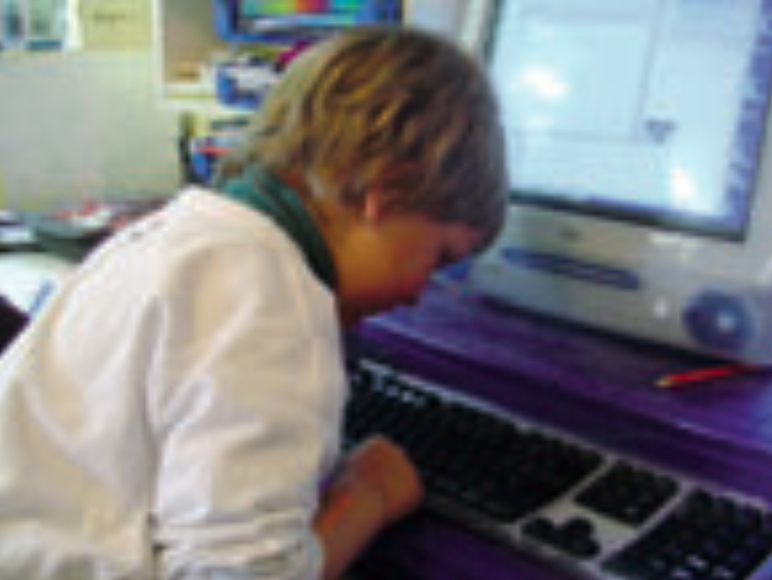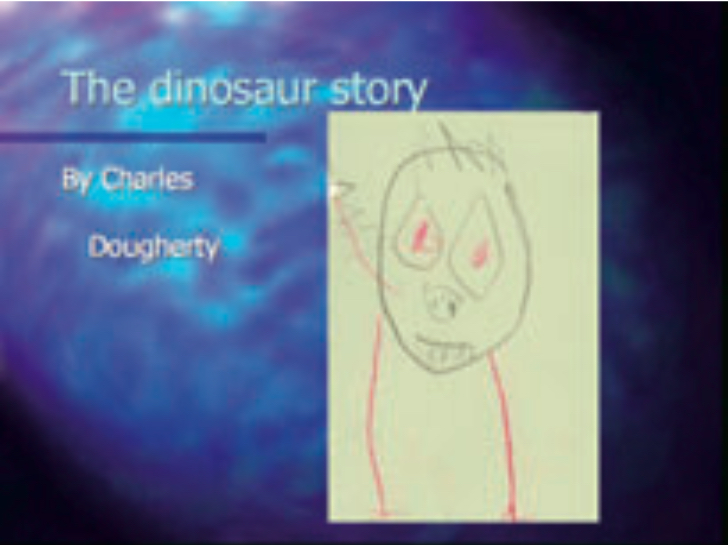Kei Tua o te Pae
Kei Tua o te Pae/Assessment for Learning: Early Childhood Exemplars is a best-practice guide that will help teachers continue to improve the quality of their teaching.
The exemplars are a series of books that will help teachers to understand and strengthen children's learning. It also shows how children, parents and whānau can contribute to this assessment and ongoing learning.
We are making improvements to our download-to-print functionality. So if you want a printed copy there are PDF versions available at the bottom of the main cover page.
A lens focused on the symbol systems and technologies for making meaning
A repertoire of practices
The following are some aspects of participating in ICT that might be noticed, recognised, responded to, recorded, and revisited. Not all of these aspects are represented in the exemplars, but teachers may be able to locate them in their own settings and write their own exemplars.
-
Observing and listening in to ICT practices
-
Observing and listening in to ICT practices includes watching adults and other children using ICT for a range of purposes. In the exemplar “Jason, the boy with the camera”, Jason has observed the teachers and children taking digital photographs and recognises that this is what children at his kindergarten do. This observation and his later interest in taking photographs himself contributes to his settling-in process, and to his family’s involvement.


-
-
Playing with ICT tools and practices
-
The first forays into using ICT tools are frequently through play. Children, for instance, play at being a computer user, using the keyboard to “write” text or moving the mouse, as Tiari does in the exemplar “Tiari wants to draw” (see Book 17). In the exemplar “Exploring with iSight®”, the children play with a new ICT tool, trying it out to find out what it can do. At the same time, they are learning how to use a new tool for inquiry that will be practical for other explorations.

-
-
Using ICT for a purpose
Using ICT for a purpose includes:
- faxing and emailing family and others beyond the early childhood setting to communicate, strengthen reciprocal and responsive relationships, and seek information from experts;
- making copies of work and text so that it can be taken home and shared with family and others;
- making copies of drawings in order to tell a story. ICT that includes visual images and sometimes dictated text and/or music is a valuable tool for storytelling;
- using the computer for social networking and increasing and strengthening interactions with families via email, Skype™, and blogs;
- taking photographs to construct text that the photographer, who cannot read and write in the conventional sense, can read and revisit;
- photographing work and events to document learning in portfolios and displays;
- using the Internet for inquiry, to nurture curiosity and research;
- videoing work in progress, as well as events, so that children can revisit the process and share and discuss it with family and the wider community;
- using a digital microscope to explore the world more closely;
- using web-based programmes for collaboration and discussion with teachers and families;
- assisting transitions and a sense of belonging and well-being by recording early settling experiences and moments of children building relationships;
- providing daily visual records for families and caregivers to use as catalysts for communication and relationships;
- using Skype™ or web cameras to enhance and support transitions between home and centre or between early childhood settings;
- including video from home, and artefacts that include the home language, for children to revisit and make connections with.
All the exemplars in this book illustrate at least one of these aspects of purposeful participation in ICT. This purposeful use of ICT is modelled by the teachers in the exemplar “Infant daily programme sheets”, where teachers in an infant centre use the digital camera and the computer to create annotated illustrations of the learning activities undertaken during the day. The purpose of these is to provide opportunities for families and whānau to be included in the day’s happenings and for children to revisit the activities at the end of the day with their families.
-
Critically questioning or redesigning
-
Critically questioning or redesigning includes critiquing the options for representing, communicating, and making meaning that are available through ICT. It includes choosing the ICT tool for the task at hand (or choosing not to use an ICT tool and suggesting alternatives).
In the exemplar “Charles publishes his stories”, the teacher models alternative ways of representing ideas, using ICT. Charles, originally not interested in drawing and writing, is enthusiastic about the new design opportunities provided by combining drawing, storytelling, and ICT.

-
